Amazon buys nuclear-powered data center from Talen

Talen Energy announced its sale of a 960-megawatt data center campus to cloud service provider Amazon Web Services (AWS), a subsidiary of Amazon, for $650 million.

A message from Electrical Builders, Ind.
America’s Top Performing Nuclear Plants Rely on Electrical Builders, Industries to Expand and Extend the Life of Their Critical Electrical Assets

Talen Energy announced its sale of a 960-megawatt data center campus to cloud service provider Amazon Web Services (AWS), a subsidiary of Amazon, for $650 million.

International Atomic Energy Agency director general Rafael Mariano Grossi visited Russia this week to discuss the “future operational status” of Ukraine’s Zaporizhzhia nuclear power plant with Russian president Vladimir Putin.

International Atomic Energy Agency experts have confirmed that the tritium concentration in the fourth batch of treated water released from Japan’s Fukushima Daiichi nuclear power plant is far below the country’s operational limit.

The Emirates Nuclear Energy Corporation announced last week start-up at its fourth nuclear unit at the Barakah plant in the UAE.
The plant is run by ENEC’s operating and maintenance subsidiary Nawah Energy Company. In the coming weeks, Unit 4 will be linked to the national electricity grid and undergo testing as power production is gradually increased to full capacity.
A bipartisan group of lawmakers passed legislation from the U.S. House of Representatives this week in support of nuclear energy production.
H. R. 6544 emerged from the chamber following a 365–36 vote. The legislation would speed up environmental reviews for new nuclear projects and reduce fees for advanced nuclear reactor licenses. It would also update the Price-Anderson Act, which limits the industry’s legal liability for nuclear accidents, by extending it for 40 years as well as increasing the indemnity coverage—changes advocated for by the American Nuclear Society in recent position statement updates.
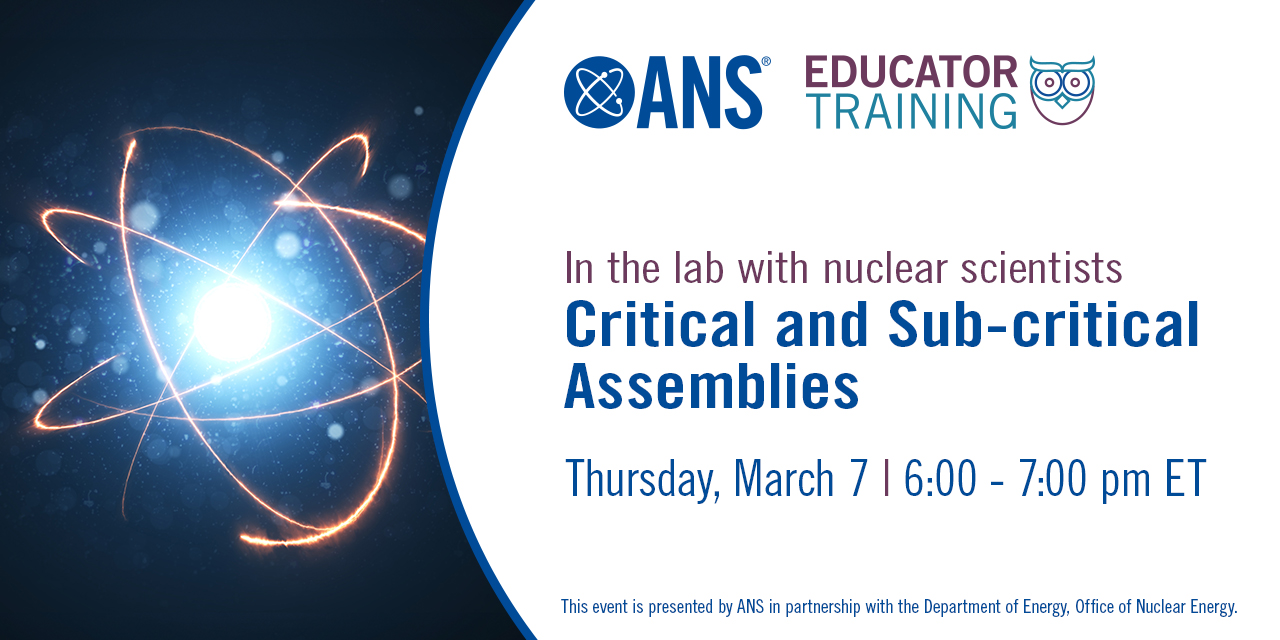
The American Nuclear Society is hosting its next online Educator Training series event, “In the Lab with Nuclear Scientists: Critical and Sub-critical Assemblies,” on Thursday, March 7, at 6:00–7:00 pm ET.
Registration for the free event is required.

New appropriations bills currently under review in the U.S. Congress include a significant funding boost for nuclear energy.
This week, ranking members of both the U.S. House and Senate released six fiscal year 2024 appropriations, including the Energy and Water Development and Related Agencies bill that has nuclear energy funding for FY 2024.
Each month on the last Friday from 3:00 p.m. to 4:00 p.m. (ET), the American Nuclear Society’s Risk-informed, Performance-based Principles and Policy Committee (RP3C) holds a Community of Practice (CoP), which is open to all. On February 23, N. Prasad Kadambi, director of his eponymous engineering consultancy firm, presented “Technology-Inclusive Implications of ANSI/ANS-30.3-2022, Light Water Reactor Risk-Informed, Performance-Based Design.”

The NEDHO Diversity Panel featured, from left, University of Michigan professor John Foster; Jeffrey Harper, then a vice president at X-energy; William D. Magwood, director general of the NEA; and Londrea Garrett, a Ph.D. student at UM. (Photo: Aditi Verma/University of Michigan)
The Nuclear Engineering Department Heads Organization (NEDHO) has been sponsoring Diversity Panels since October 2022, when the inaugural meeting was hosted by the University of Tennessee Department of Nuclear Engineering. The panels were established as a distinguished speaker series by a working group led by Wes Hines, head of the UT Department of Nuclear Engineering, and Todd Allen, a former NEDHO chair and the current chair of the Department of Nuclear Engineering and Radiological Sciences (NERS) at the University of Michigan.
Allen explained that the panels are meant to be “a first step toward improving the diversity of the talent entering the nuclear science and engineering fields.” The idea came from a presentation by Andreas Enqvist, director of the nuclear engineering program at the University of Florida, at the November 2021 NEDHO meeting. According to Allen, Enqvist described “ASEE [American Society for Engineering Education] data on how poorly the nuclear engineering field was doing at getting black students to study nuclear at the B.S. level and, even worse, how few moved from B.S. to graduate programs.”

A team of engineers, physicists, and data scientists from Princeton University and the Princeton Plasma Physics Laboratory (PPPL) have used artificial intelligence (AI) to predict—and then avoid—the formation of a specific type of plasma instability in magnetic confinement fusion tokamaks. The researchers built and trained a model using past experimental data from operations at the DIII-D National Fusion Facility in San Diego, Calif., before proving through real-time experiments that their model could forecast so-called tearing mode instabilities up to 300 milliseconds in advance—enough time for an AI controller to adjust operating parameters and avoid a tear in the plasma that could potentially end the fusion reaction.
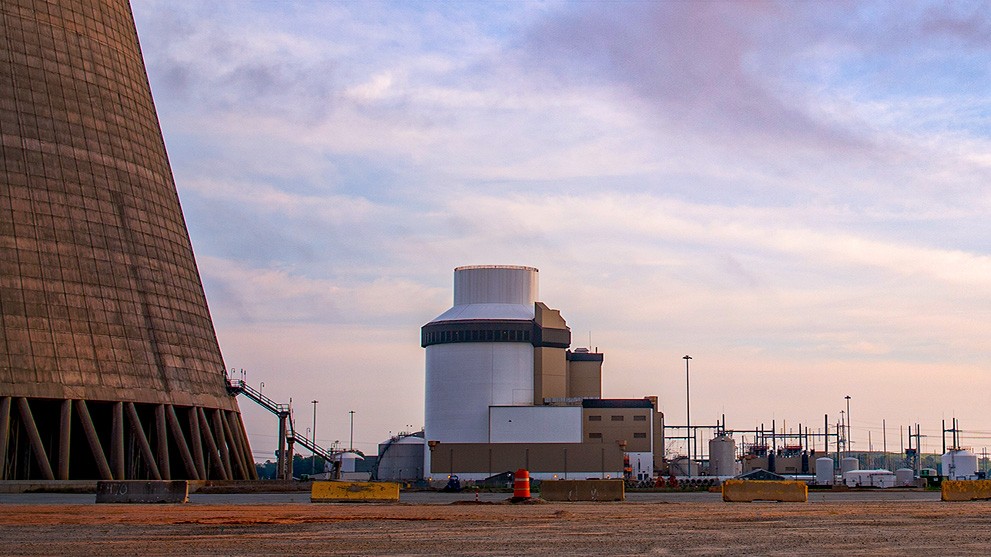
Vogtle Unit 4 synchronized and successfully connected to the electric grid on March 1, just two weeks after reaching initial criticality.
This milestone is one of the final steps to completing Southern Nuclear’s long-awaited Vogtle project, adding the second of two large-scale reactors to the United States’ fleet in as many years—the first such additions to that fleet in more than three decades.

A new engineering scholarship at Washington State University (WSU) Tri-Cities has been established by Longenecker & Associates for students interested in careers that support Department of Energy missions.
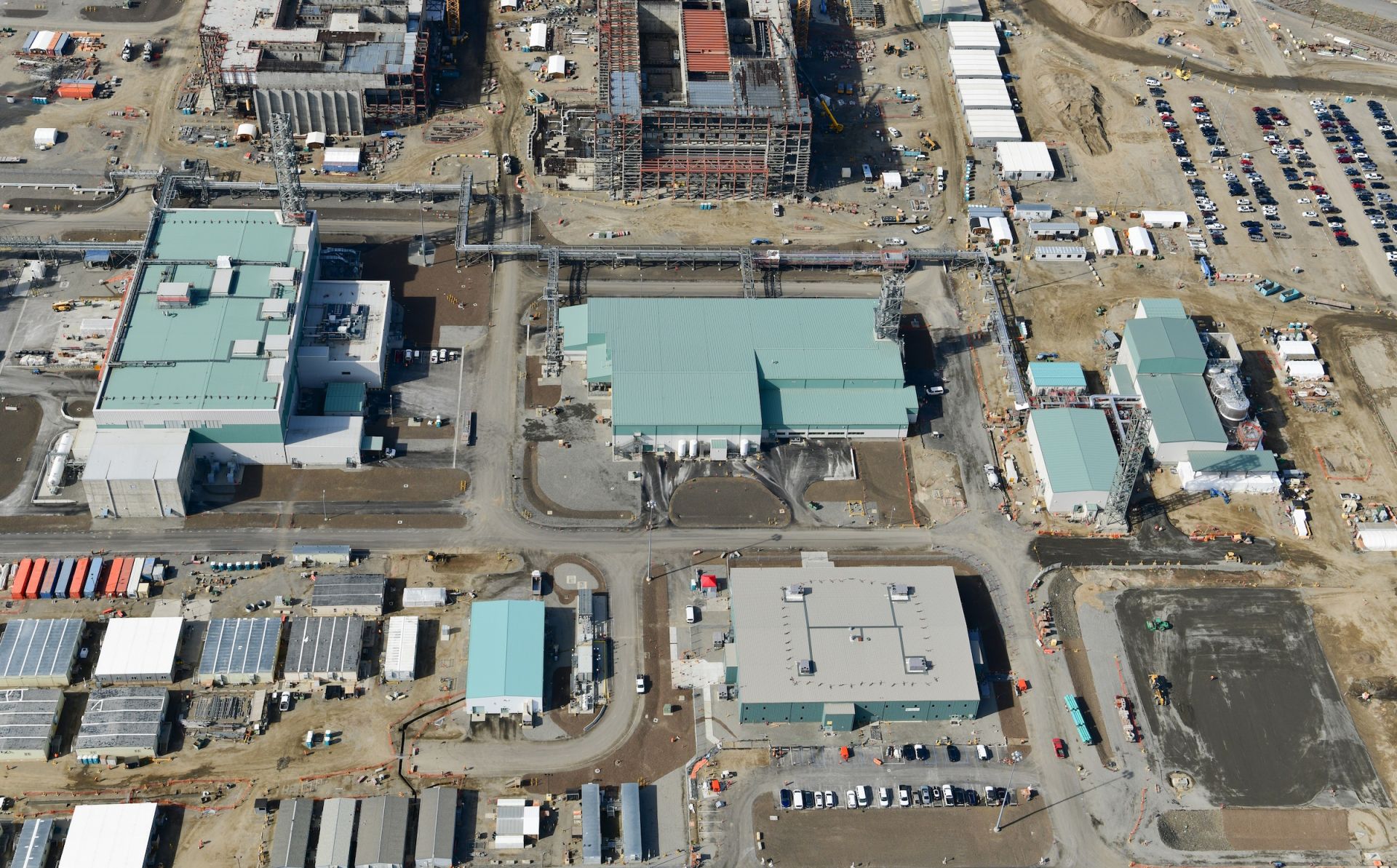
The Department of Energy’s Office of Environmental Management once again awarded a 10-year, $45 billion contract to Hanford Tank Waste Operations and Closure (H2C) of Lynchburg, Va., for the cleanup of tank waste at the Hanford Site.
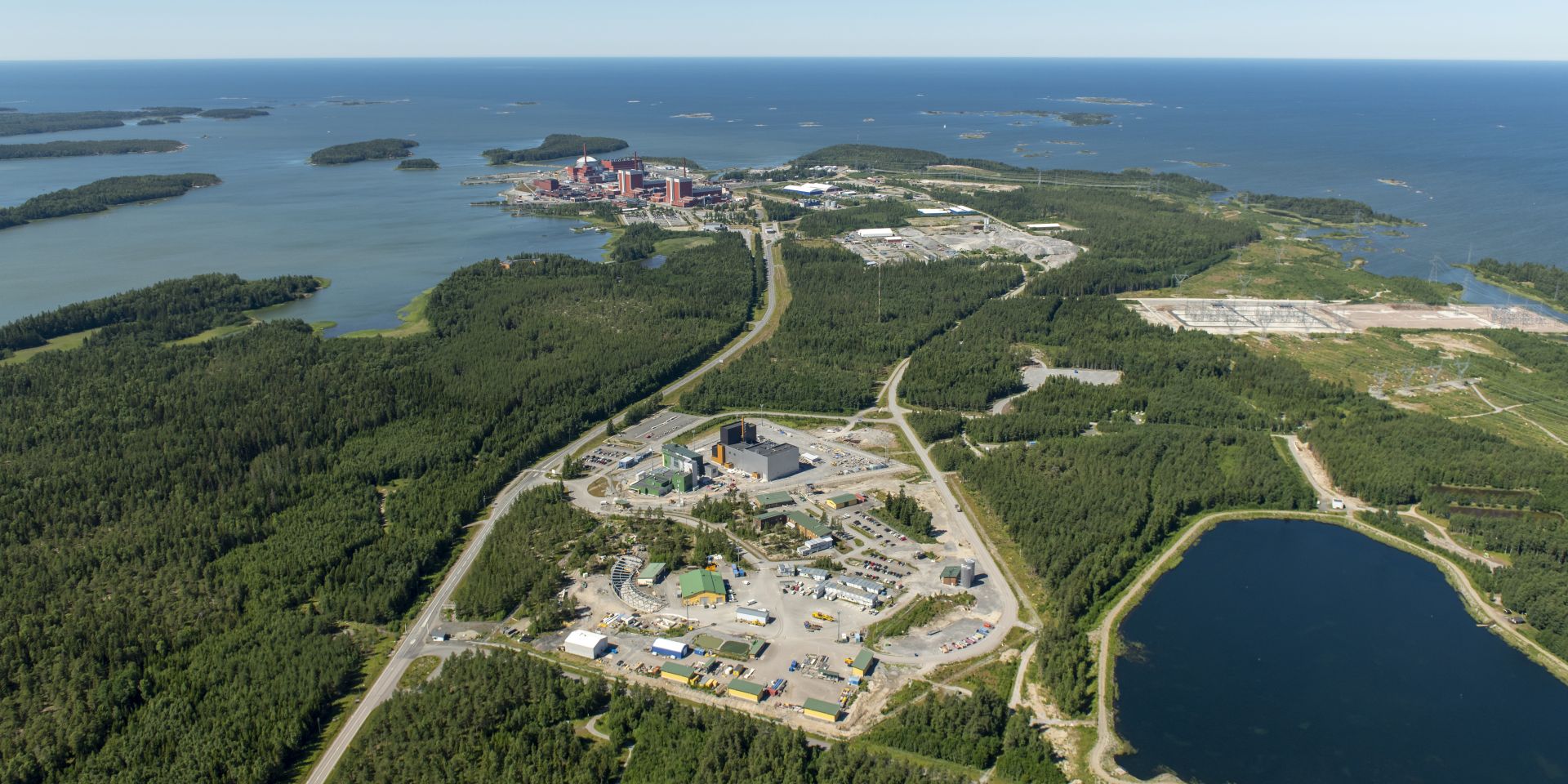
The year 2024 is shaping up to be a historic one for Posiva, the waste management organization owned by Finland’s two nuclear power plant utilities, Fortum and Teollisuuden Voima. The company is looking to receive regulatory approval of its operating license for the Onkalo deep geological repository for high-level radioactive waste by the end of the year.
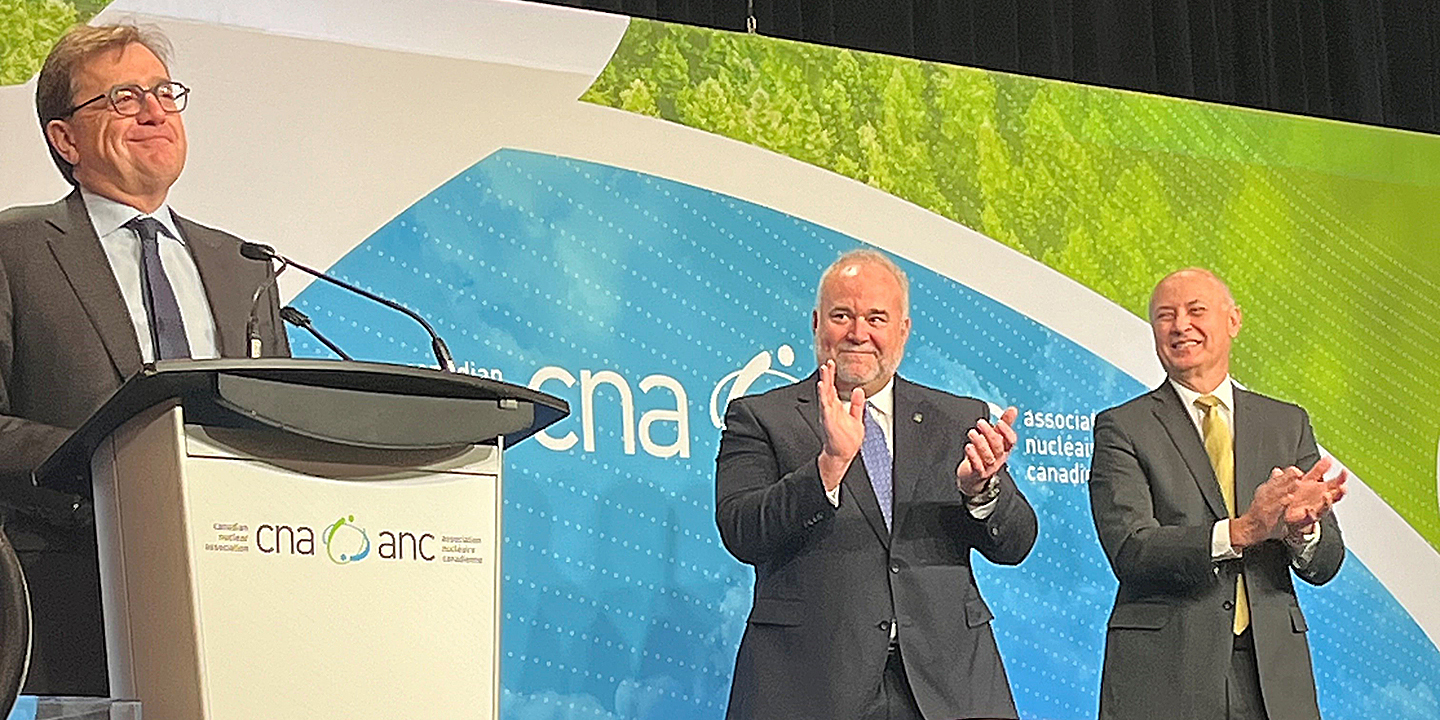
The Canadian government has announced up to C$50 million ($36.8 million) in funding for predevelopment work to study the feasibility of building 4,800 megawatts of new generating capacity at the Bruce nuclear power plant in Ontario.

The Department of Energy yesterday announced a draft environmental impact statement (EIS) on HALEU Availability Program plans to purchase high-assay low-enriched uranium under 10-year contracts to seed the development of a sustainable commercial HALEU supply chain.

Orano and SHINE Technologies have agreed to cooperate in the development of a pilot plant capable of recycling used nuclear fuel from light water reactors on a commercial scale. In announcing the signing of a memorandum of understanding on Thursday, the companies said the selection of a site for the pilot U.S. facility is expected by the end of this year.

Irina Popova
Particle accelerators have evolved from exotic machines probing hadron interactions to understand the fundamentals of our world to widely used instruments in research and for medical and industrial use. For research purposes, high-power machines are employed, often producing secondary particle beams through primary beam interaction with a target material involving many meters of shielding. The charged beam interacts with the surrounding structures, producing both prompt radiation and secondary radiation from activated materials. After beam termination, some parts of the facility remain radioactive and potentially can become radiation hazards over time. Radiation protection for accelerator facilities involves a range of actions for operation within safe boundaries (an accelerator safety envelope). Each facility establishes fundamental safety principles, requirements, and measures to control radiation exposure to people and the release of radioactive material in the environment.
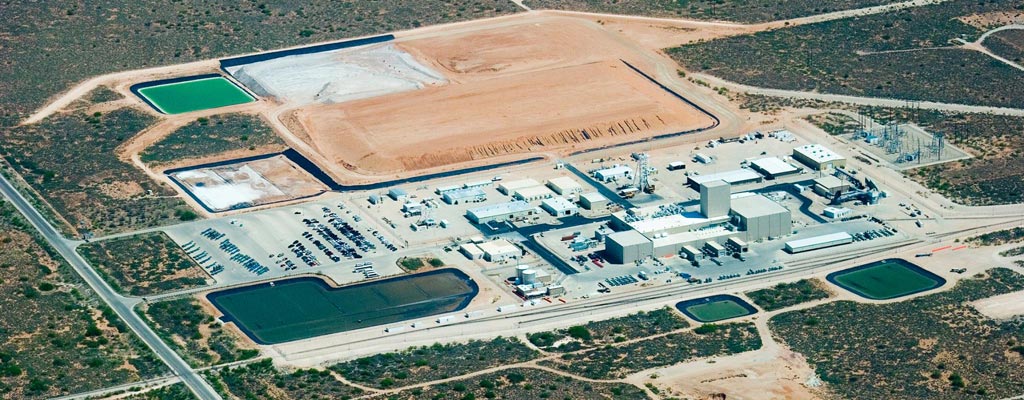
The Department of Energy has issued a request for information (RFI) to identify industry partners interested in developing commercial clean energy projects at the DOE’s at the Waste Isolation Pilot Plant (WIPP) site in southeast New Mexico.
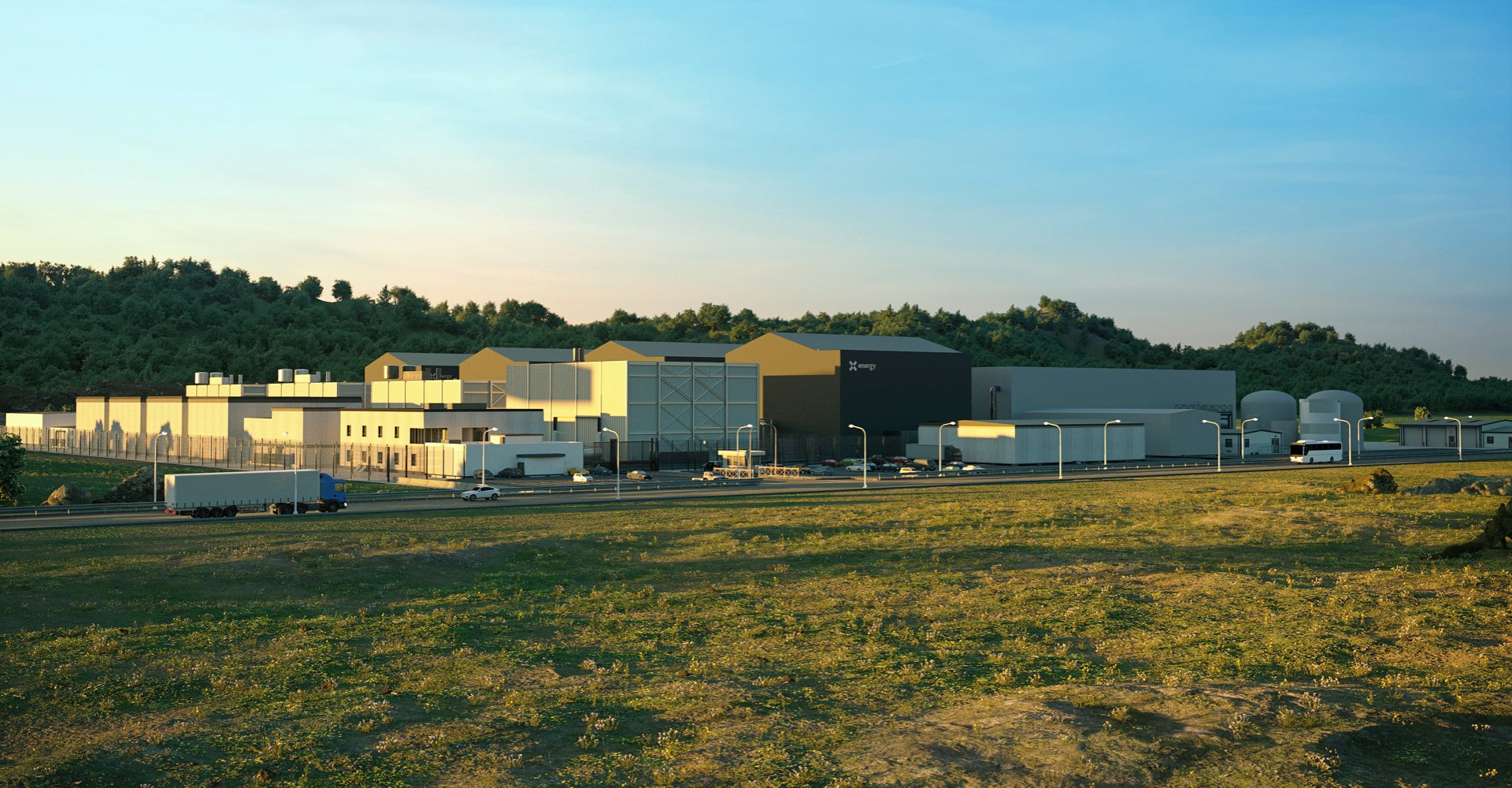
The U.S. Nuclear Regulatory Commission hosted a public meeting earlier this month for community members to learn more about X-energy’s plans to build small modular reactors at a Dow Chemical plant on the Gulf Coast of Texas.